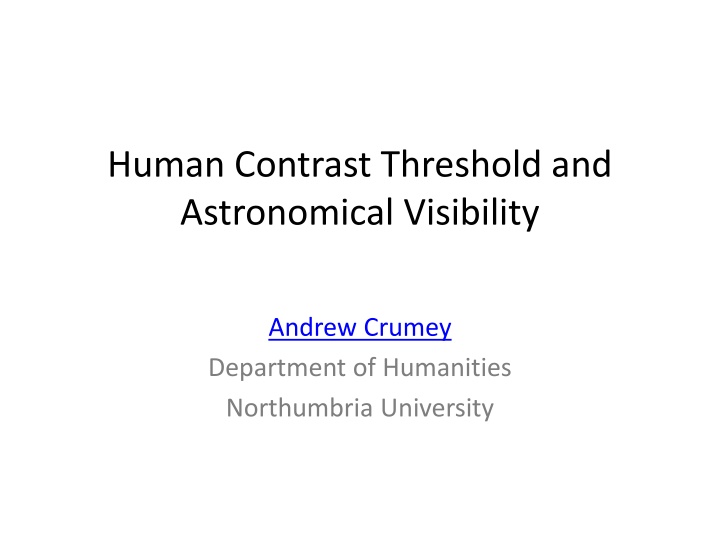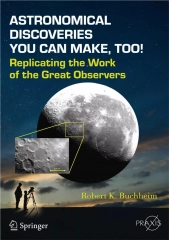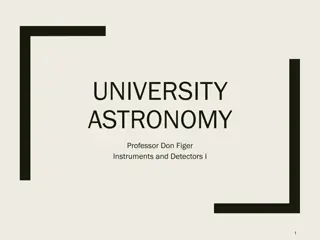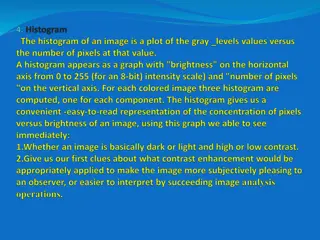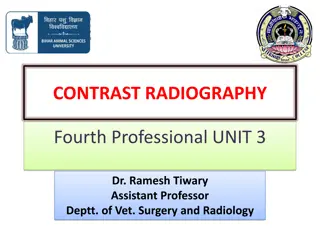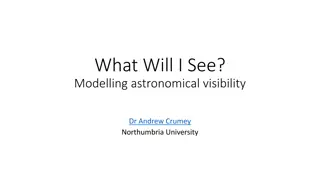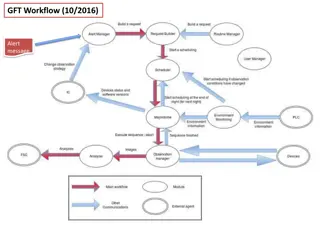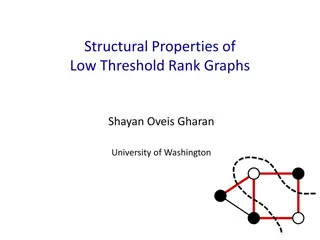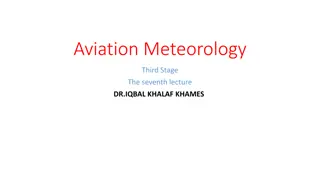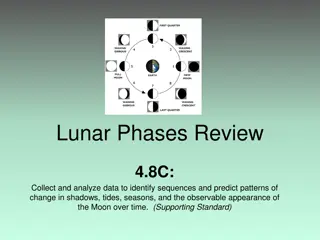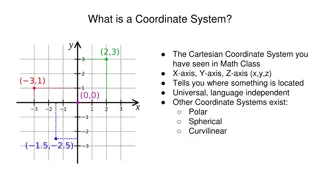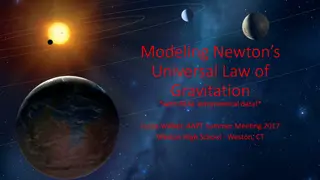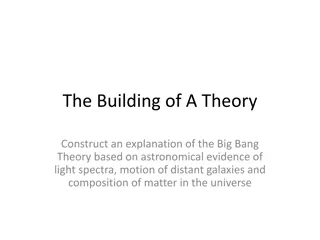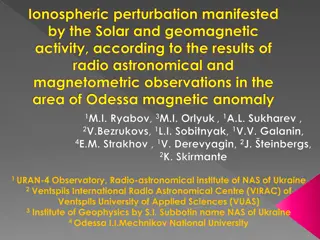Human Contrast Threshold and Astronomical Visibility
Delve into the practical implications of human contrast threshold and astronomical visibility to explore the faintest stars visible to the naked eye or through telescopes under various lighting conditions. This study aids in comprehending the essence of dark skies, the historical evolution of light pollution, and the milestones achieved by visual astronomers.
Download Presentation

Please find below an Image/Link to download the presentation.
The content on the website is provided AS IS for your information and personal use only. It may not be sold, licensed, or shared on other websites without obtaining consent from the author.If you encounter any issues during the download, it is possible that the publisher has removed the file from their server.
You are allowed to download the files provided on this website for personal or commercial use, subject to the condition that they are used lawfully. All files are the property of their respective owners.
The content on the website is provided AS IS for your information and personal use only. It may not be sold, licensed, or shared on other websites without obtaining consent from the author.
E N D
Presentation Transcript
Human Contrast Threshold and Astronomical Visibility Andrew Crumey Department of Humanities Northumbria University
Monthly Notices of the Royal Astronomical Society 2014 442 (2): 2600-2619 http://arxiv.org/abs/1405.4209
The problem What is the faintest star you would expect to see with naked eye or telescope, under various lighting conditions, and what about extended objects (galaxies etc)? This could help us understand the practical meaning of dark sky , the historic growth of light pollution, the achievements of visual astronomers.
Some previous work Blackwell (1946): contrast threshold data Knoll et al (1946): point-source visibility data Hecht (1947): model formula for data Weaver (1947): application to star visibility Schaefer (1990): telescopic visibility Garstang (1999): extended-target model
Need for a better model (data from Knoll et al) Hecht (1947) Crumey (2014)
Quantities and units Lighting engineering Astronomy Luminance B (cd/m2) Surface brightness S (mag/arcsec2) Illuminance I (lx) (Apparent) magnitude m (mag) m1 m2 = 2.5log(I2/I1) defined with respect to some response function: CIE 1924 or Johnson V
Features of new model Applicable to various laboratory data sets (not tailored to any one in particular) More accurate than earlier models Valid for both point- and extended-sources Valid for all light levels
The method Find a mathematical model for visibility data obtained in laboratory studies Find how to adjust for sky viewing (SPD, S/P ratio, colour index, field factors...) Find how to adjust for telescopic viewing Test against existing astronomical observations
Visibility depends on contrast Chromaticity (colour) Luminance (surface brightness)
Here concerned with luminance contrast Targets/backgrounds are achromatic or Vision is colourless (scotopic rods only) B Increment: B = Bt-B Contrast: C = B/B Bt
Visibility depends on size and luminance (for uniform targets of constant shape).
Blackwell (1946) Uniform circular target projected on illuminated screen. Target in one of several possible positions. Subjects indicate position using a keypad. Threshold defined as 50 per cent success. Threshold C found as a function of background luminance B and target size A.
Darker levels require higher contrast. Small targets require higher contrast to be visible; Low-contrast targets need to be large enough; Very dark (scotopic) Twilight (mesopic) Daylight (photopic)
Curves are asymptotic at both ends Gradient 0 Gradient -1
C=const(B) CA=const(B)
Strategy Find asymptote equations (as functions of B). Smoothly glue the low/high asymptotes. Result: Asymptotes are simple functions of B-1/4 C = (lowq + highq)1/q
Astronomical Observation Lack of rigorous studies of naked-eye viewing (further work needed). Rigorous telescopic data exists.
Viewing through a telescope Area A increased by magnification Background B darkened by magnification and light loss Field factors (user, atmosphere, target...) introduce multipliers C. Multiple observations enable field factors to be eliminated.
Deductions Bowen s pupil diameter: 5.2mm Mirror reflectance: 85% Background sky: 21.27 0.06 mag/arcsec2. Zenith sky: 21.6 mag/arcsec2 approx. Sky then was relatively unpolluted. Light pollution in the area has grown more rapidly than was realised.
Dark-Sky Classification Perceptual: Limiting magnitude Bortle scale (9 levels) Instrumental: IDA (bronze/silver/gold)
Proposal For the purposes of astronomy... A dark sky is one in which the Milky Way can be seen; An excessively bright sky is one that does not allow for fully scotopic vision.
